I. Introduction
1.1 Brief introduction of laser cutting technology
Laser cutting technology is a technology that utilizes a high-intensity laser beam to cut materials. It uses a laser beam to melt, burn or vaporize the surface of the material quickly as a way to cut precisely.
1.2 Application of laser cutting machine in various industries
2. The main types of laser cutting
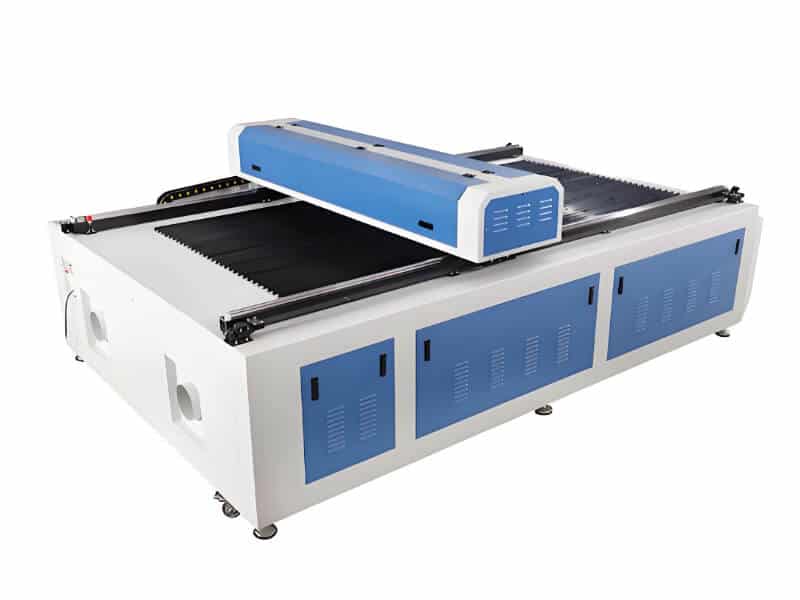
2.1 CO2 laser cutting machine
2.1.1 Working principle
Co2 laser cutting mainly uses co2 gas and airflow mixing to produce power of the laser beam, when the laser beam focuses on the material to make it melt, vaporize or be strong gas flow.
When the laser beam focuses on the material to make it melt, vaporize or be blown away by the strong airflow, so as to complete the cutting.
2.1.2 Applicable materials
Co2 laser cutting machine compared to metal plates, non-metallic materials to absorb more simple cutting quality, such as cutting wood, acrylic, glass, plastic, paper, leather, paper and some other materials. Can also cut some metal materials such as thin stainless steel, aluminum alloy and carbon steel.
2.1.3 Advantages and limitations
Advantages:
CO2 laser cutting machines can cut different materials, both non-metallic and metallic. The precision of the machine is very high and although there is a loss of power in the transmission process there is no loss of the laser beam during processing, which keeps the quality of the beam very good. The material is also processed very quickly, reducing contamination of the workpiece, lowering costs and minimizing hazards.
Limitations:
This machine needs to be constantly replenished with gasoline to increase operating costs, it is weaker in cutting metal materials, especially thick metal materials, it relies more on optical materials such as lenses, it is cumbersome to operate, and it requires regular maintenance.
2.1.4 Typical application scenes
Advertising logo production, woodworking engraving, craft gifts, furniture manufacturing and so on.
2.1.5 Cost and Maintenance
The price of Co2 laser cutting machine depends on the size and function but the purchase cost is not high, it is the maintenance of this kind of machine has some difficulties. Regular replacement of lenses and mirrors is required to ensure the quality of the beam, keeping the optics clean and in position, regular checking and filling of gases is vital, and cleaning the water cooling ensures that the cooling system is working properly.
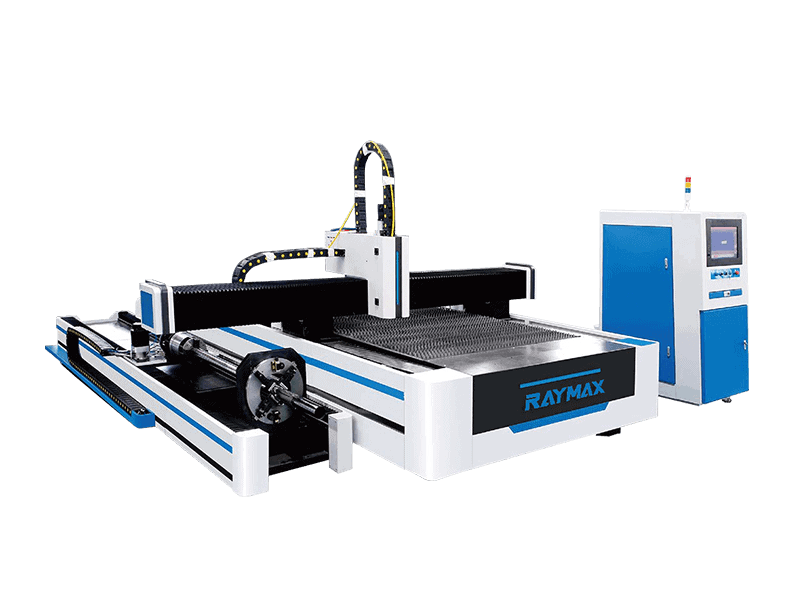
2.2 Fiber laser cutting machine
2.2.1 Working principle
Fiber laser cutting machine connects the diodes together through fiber optics, with fiber laser as the light source through the fiber optics to produce high-intensity laser beam distribution to the cutting head for cutting.
2.2.2 Applicable materials
Although this laser cutting machine can cut some non-metallic materials, it is mainly applicable to some metal materials, such as carbon steel, stainless steel, aluminum alloy, copper, titanium alloy, aluminum, copper and so on.
2.2.3 Advantages and limitations
Advantages:
The advantage of fiber laser is that it is very efficient, fiber laser conversion efficiency of more than 40%, low power consumption. Its cutting speed is fast, high precision, no working gas and low operating cost, low maintenance cost, improve productivity.
Limitations:
The initial investment in the machine is higher than other similar machines, and is not suitable for thick plates, cutting is more difficult, more suitable for cutting thin plates.
2.2.4 Typical application scenes
Suitable for sheet metal processing, manufacturing of automobiles and ships, medical equipment, mechanical equipment, ceramic patterns and designs, etc.
2.2.5 Cost and Maintenance
The price of this machine belongs to the high end of the laser cutting machine, depending on the power and brand. But its maintenance cost is relatively low, she does not need to use laser gas and calibration lenses, but the cutting head protection lens and nozzle should pay attention to the inspection and maintenance, the machine should be kept clean, check the cable to ensure that the machine does not have problems.
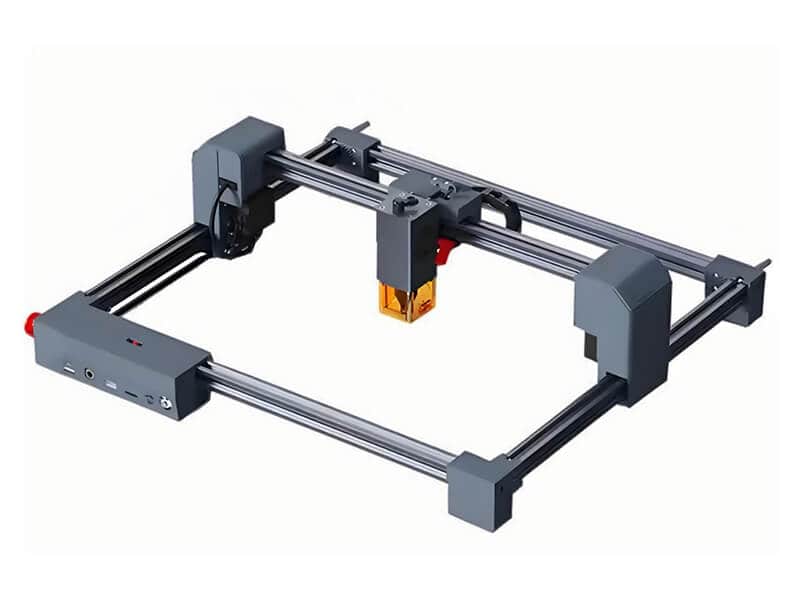
2.3 Nd:YAG/Nd:YVO laser cutting machine
2.3.1 Working principle
Crystal laser cutting machine is divided into Nd:YAG laser cutting machine and Nd:YVO laser cutting machine. They have shorter laser wavelengths and higher precision, and emit high-power pulsed lasers for cutting by optical pumping or laser diode pumping.
2.3.2 Characteristics and specialized fields
Suitable for precision cutting, welding and also for cutting thick and precious metals with cleanliness.
2.3.3 Advantages and limitations
Advantages:
This model has a very high cutting capacity and high power density, which allows it to cut relatively thick and hard metal materials, as well as non-metals such as some ceramics and plastics. Not only does it have a lot of functionality, it is very suitable for engraving, it has high precision to ensure the integrity of the cut, it can run continuously to increase efficiency, and it can also increase its cutting range through fiber optic transmission.
Limitations:
Although this machine has many advantages but its cost is relatively high, the applicable materials are also more limited to some industries are not very suitable, and its working life is only one to two years relatively low, not much repairability, and maintenance costs are relatively high, energy consumption is also large, gradually replaced by fiber laser cutting machine.
2.3.4 Cost and Maintenance
The cost of this machine is relatively high and the factors that influence it are mainly in the power supply, brand and additional features. Not only that, maintenance costs are also relatively high, routine maintenance in the regular replacement of the diode to ensure uninterrupted operation, regular inspection of the cooling system to prevent overheating of the machine, but also need to be recalibrated regularly to ensure that the laser beam is accurate, to maintain the quality of cutting.
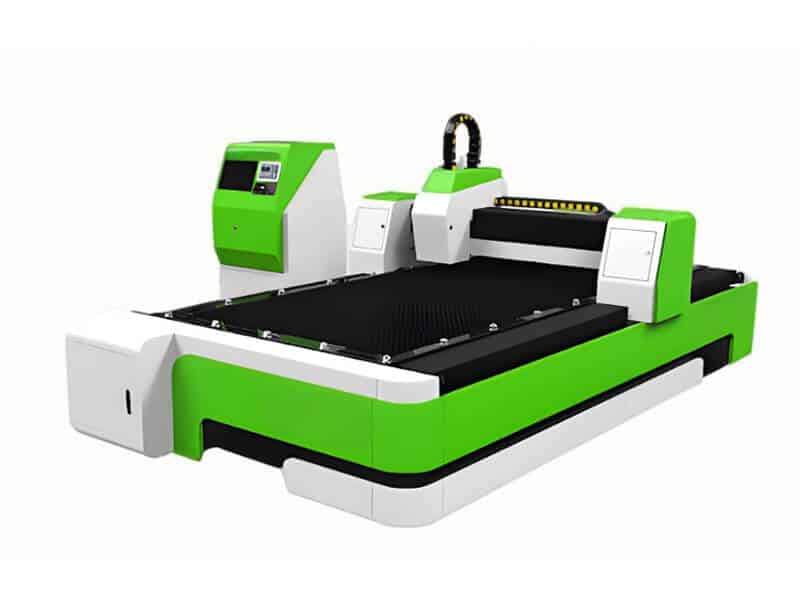
2.4 Direct Diode Laser Cutting Machine
2.4.1 Working Principle
Through an in-depth understanding of this machine we find that its principle is to use the wavelength generated in the diode directly into a laser beam, which is then focused on the plate through the optical system to cut directly.
2.4.2 Emerging Trends and Applications
This machine is mainly used in the production of small-scale manufacturers, the appearance of a relatively small, widely used in the production of handmade, small precision parts, laboratories and other widely used in the future may also be widely used in life.
2.4.3 Advantages and Disadvantages
Advantages:
Direct diode laser equipment is compact, easy to operate for workers, has better electrical efficiency, can reduce energy consumption, reduce operating costs to improve production capacity, and quickly deal with problems.
Limitations:
Not a good choice for jobs that require high precision, weak beam quality, not so good for plates that are too thick.
2.4.4 Cost and Maintenance
This one has a low initial purchase cost, low maintenance less cost but high long term running cost. If maintenance, you need to regularly replace the diode to ensure that the laser beam is no problem, regularly clean the lens to ensure the quality of the beam, clean the cooling fan, etc..
3. Comparison of Four Types of Laser Cutting Machines
|
Equipment |
CO2 laser cutting machine |
Fiber Laser Cutting Machine |
Nd:YAG/Nd:YVO Laser Cutting Machine |
Direct Diode Laser Cutting Machine |
|
Applicable materials |
Non-metal |
Metals |
Metals, Special Alloys |
Small non-metal |
|
Cutting accuracy |
Above |
Very high |
Very high |
Lower |
|
Cutting speed |
Medium |
Fast |
Faster |
Slower |
|
Maintenance requirements |
High |
Low |
High |
Low |
|
Costs |
Low |
high |
High |
Low |
|
Technical Applications |
Art, Advertising |
Industrial, automotive |
Precision machining |
Small device fabrication |
|
Dimension |
CO2 Laser Cutting Machines |
Fiber Laser Cutting Machines |
Nd:YAG/Nd:YVO Laser Cutting Machines |
Direct Diode Laser Cutting Machines |
|
Working Principle |
Laser gas, infrared |
Solid State Laser, Optical Delivery |
Solid State Laser, Crystal Pumped |
Decentralized direct-emission laser |
|
Applicable materials |
Non-metal dominated |
Metal body (thin~thick) |
Precision/precious metal processing, partially thick metals |
Plastics, labels, thin non-metals |
|
Cutting thickness |
Thin~Medium (partially thin metal) |
Thin ~ Thick (Metal) |
Very thin~medium thick (metal) |
Ultra-thin ~ thin |
|
Precision |
High |
Extremely High |
Extremely high |
Medium~High |
|
Speed |
Medium |
High |
Low~Medium |
Low |
|
Equipment and Maintenance Costs |
Medium~Low (maintenance clearance) |
High (very low maintenance) |
Medium (complex maintenance) |
Low (simple maintenance) |
|
Coating |
High |
Low |
High |
Extremely low |
|
Application Scenario |
Advertising, crafts, furniture |
Sheet metal, automotive, machinery, medical |
Mold, microelectronics, jewelry, precision manufacturing |
Education, creators, small batch customization |
4. Common laser cutting machine size classification
4.1 Small machine
The area of work is usually in 600 × 400 mm suitable for placing on the workbench, school, crafts, jewelry, this suitable for carrying, convenient and compact.
4.2 Medium-sized machine
The working area is mainly 600 × 900 mm ~ 1300 × 900 mm, generally used in small factories and assembly lines, small and medium batch production.
4.3 Large-sized machine
With a working area of 1500 × 3000 mm or more, these machines are suitable for large-scale industrial manufacturing, which can produce large quantities and handle large workpieces with high quality. Mainly used in automobile manufacturing, ships, aerospace and aviation.
5. How to choose the right laser cutting machine according to processing needs
5.1 Material type and thickness
For different plate materials and thickness of the laser cutting machine chosen differently, for example, if the plate is metal is recommended to choose the fiber laser cutting machine, if the plate is non-metallic is recommended to choose the CO2 laser cutting machine, if it is a thick plate is recommended to choose the power range of the laser cutting machine.
5.2 Precision and quality
For the required high precision, high quality cutting requirements, it is recommended that the choice of laser beam is more stable, superior beam quality, the need for higher power can cut thicker plates faster, compared to the Co2 laser cutting machine is more recommended to choose a fiber laser cutting machine, his power is faster, higher precision and quality.
5.3 Production speed
Fiber laser cutting machine cutting speed is faster than Co2 cutting speed, for industrial production scale is critical, if the speed is not fast will greatly increase operating costs.
5.4 Operation and maintenance cost
For different workpieces require different sizes of laser cutting machines, there is a lot to consider not only the initial purchase cost, but also to consider the maintenance, energy consumption and other aspects. Fiber laser cutting machines do not require any maintenance costs but Co2 laser cutting machines require not only specific gases but also control of the lenses, so maintenance costs are higher.
5.5 Automation and Software
Having advanced automation options and user-friendly software interface reduces operating time and improves productivity, thus reducing operating costs.
6. Laser cutting industry development trend
6.1 Technological Innovation
The laser cutting industry is moving towards automation and artificial intelligence integration. Many manufacturers today are automating their cutting process to increase productivity and reduce production errors. The same Artificial Intelligence not only reduces errors and increases productivity but also predicts and prevents maintenance issues, ensuring stable systems and uninterrupted work.
6.2 Green Efficiency and Market Development
The increase in the use of environmentally friendly concepts by many manufacturers to reduce emissions and production has not only reduced energy loss but also saved costs.
7. Conclusion
As can be seen from the above, we can should refer to their own budget energy consumption production speed accuracy, etc. to choose their own suitable laser cutting machine, so that not only can save the operating costs can also bring the greatest benefits.
The above is today’s detailed introduction by the editor about the classification of laser cutting machines and how to make a quick choice. For more knowledge about press brakes and fiber laser cutting machines, you can follow our blog updates. As a manufacturer of fiber laser cutting machines and press brakes, RAYMAX, while expanding its influence, is also committed to providing friends in the metal processing industry with more, more professional and more comprehensive knowledge of CNC machinery. If you have any unresolved related issues or are interested in purchasing the relevant machines, please feel free to contact us at any time. RAYMAX offers 7* 24-hour free technical support services! Looking forward to your letter
Further Reading
An Overview of Electric Press Brake Machines and Purchasing Tips
What is a Press Brake Back Gauge? Types and Key Components Explained!
Master the Machine: Full Press Brake Structural Components Guide
Definition, working principle and selection guide of hybrid press brake
One Article to Master CNC Press Brakes: Types, Workflow, Structure & Buying Tips
How Does an Electric Press Brake Work? Working Principle, Core Parts and Pros
Press Brake Software: Basics, Implementation, Examples & Selection Guide
CNC Laser Cutting Machines Comparison:CO₂ vs. Fiber vs. Diode
Press Brake Radius Mastery: Inside/Outside Radius, 8× Rule, and Real-World Tips
What is a 6 Axis Press Brake? Working Principles, Advantages, Applications, and Buying Guide
The Ultimate Guide to Press Brake Safety Devices and Guidelines for 2025
What is a 4 Axis Press Brake? Configuration, Advantages and Uses analysis
Post Your Review
Share Your Thoughts And Feelings With Others
Hello, Customers!

Author introduction
My name is Francis Pan, and I am the foreign trade manager of RAYMAX. I have been engaged in the fields of metal manufacturing and CNC machinery for over 10 years. Welcome to visit our official website, I am more than happy to provide you with the best service and products.
Email: [email protected] | Wechat: 13645551070
Top Guidelines
- What is an 8 axis press brake: Why It’s the best investment for complex bends
- Press Brake Guarding Systems & Requirements: OSHA‑Compliant Injury Prevention Guide
- What Is a 3 Axis Press Brake? Complete Guide to Structure, Benefits & Selection
- What is a 4 Axis Press Brake? Configuration, Advantages and Uses analysis
- What is a 6 Axis Press Brake? Working Principles, Advantages, Applications, and Buying Guide
- What Is a Press Brake Used For? 16 Industry Applications and 8 Types of Bends
- Press Brake Sheet Follower: Smart Support for Long, Thick, Thin Sheets
- Fiber Laser Cutting Machine Process
- Press Brake Air Bending: Guide to Principles, Calculations & Best Practices
- What Materials Can a Fiber Laser Cut? A Practical Handbook of Metals, Non-Metals & Limitations
- What is a Fiber Laser Cutting Machine? The Ultimate Guide for 2025
- What is Laser Cutting Machine? The Ultimate Guide for 2025
- Top 10 Fiber Laser Cutting Machine Manufacturers of 2025
- Press Brake Buyers Guide: Expert Tips to Select, Compare, and Buy with Confidence
- Hydraulic Press Brake Troubleshooting: The Ultimate Guide to Fix Common Problems

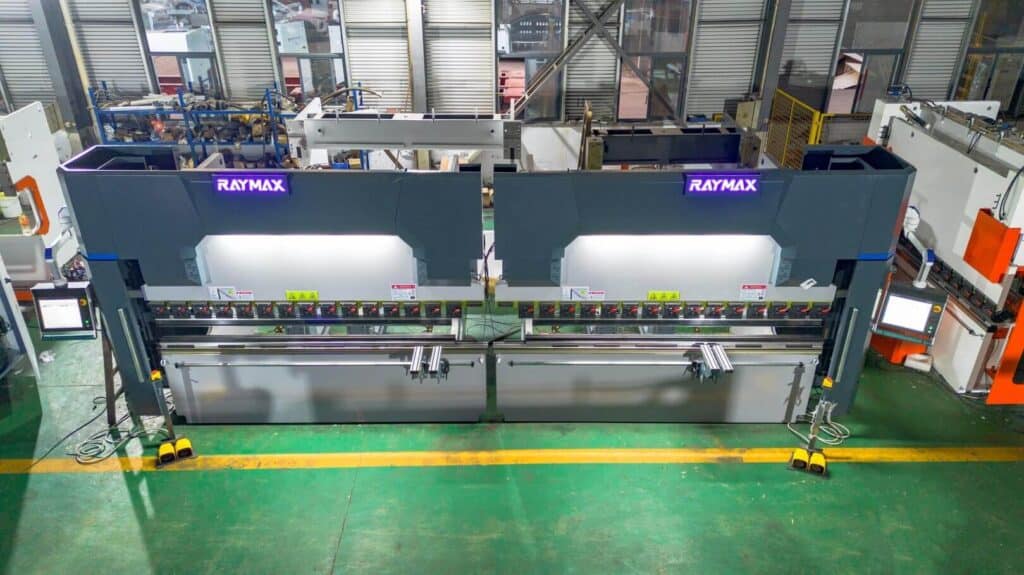
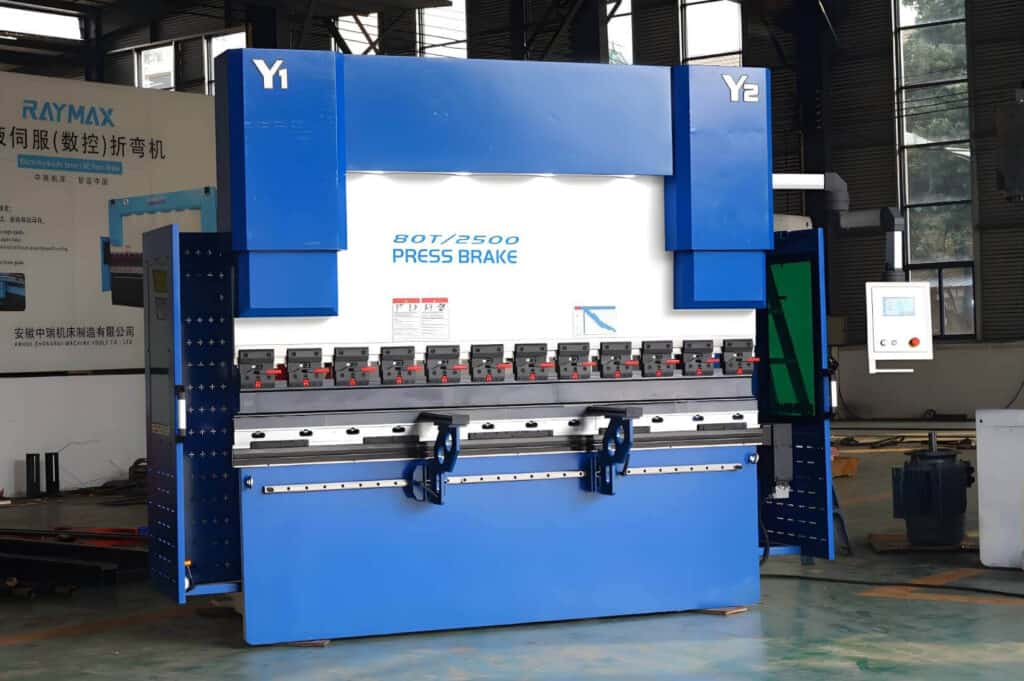
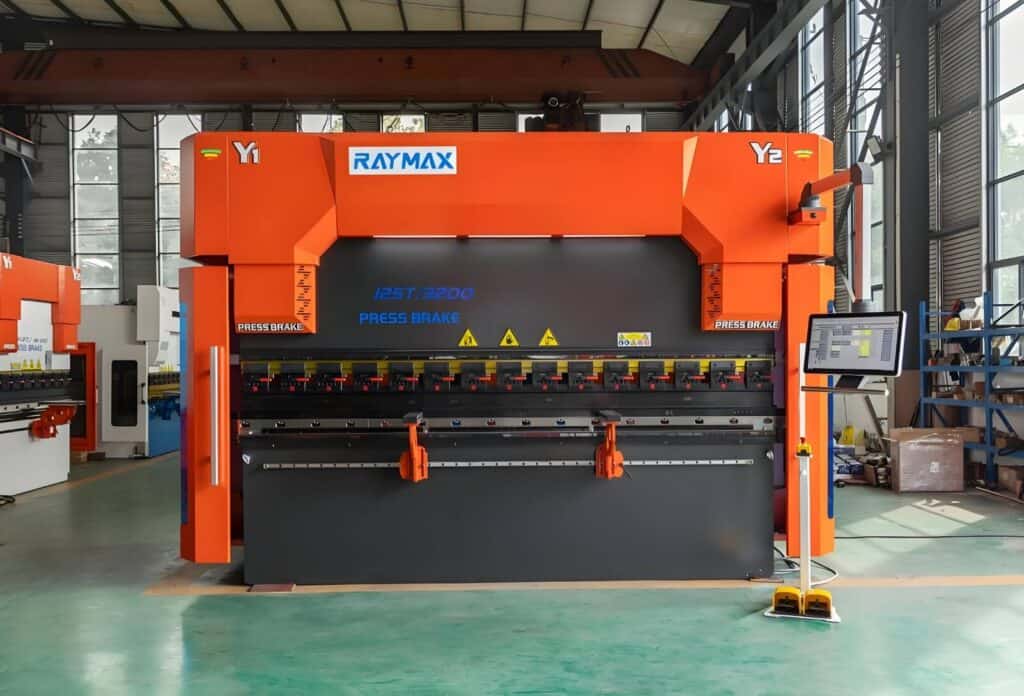

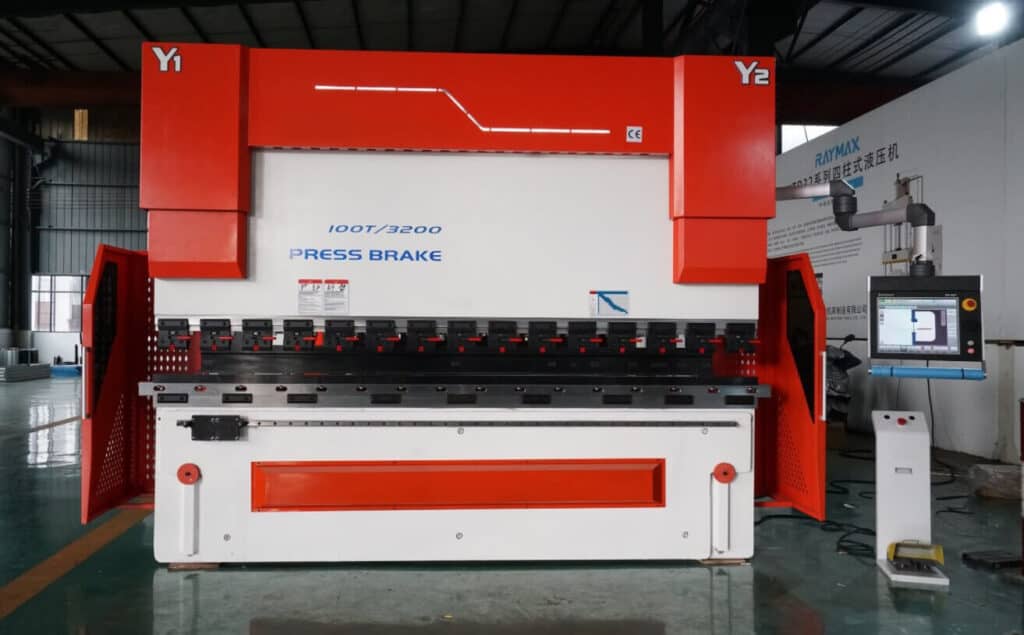
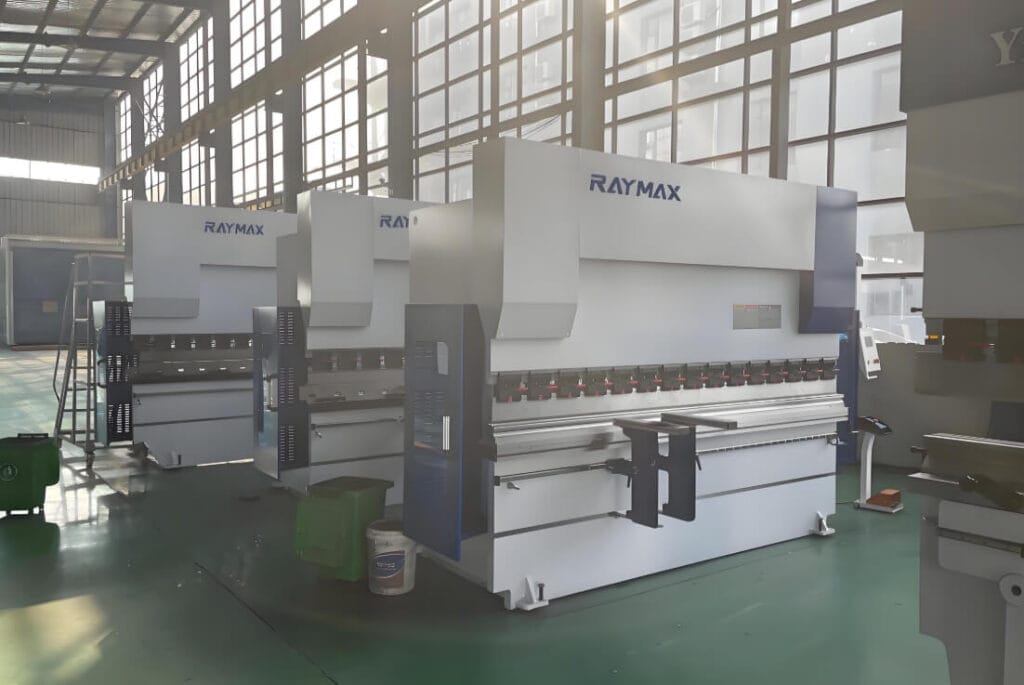
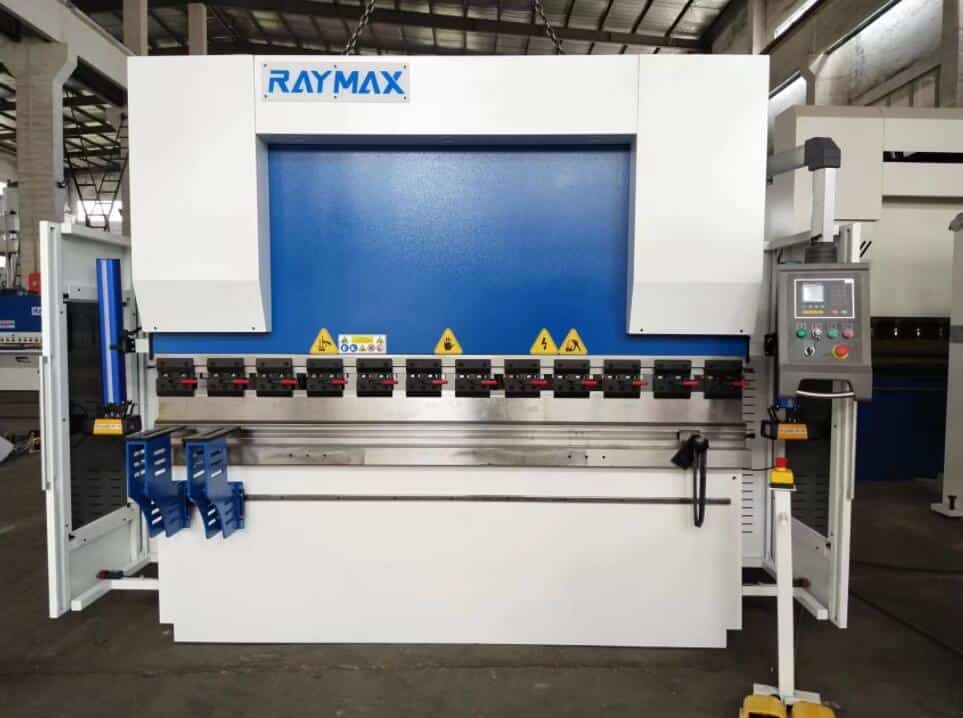
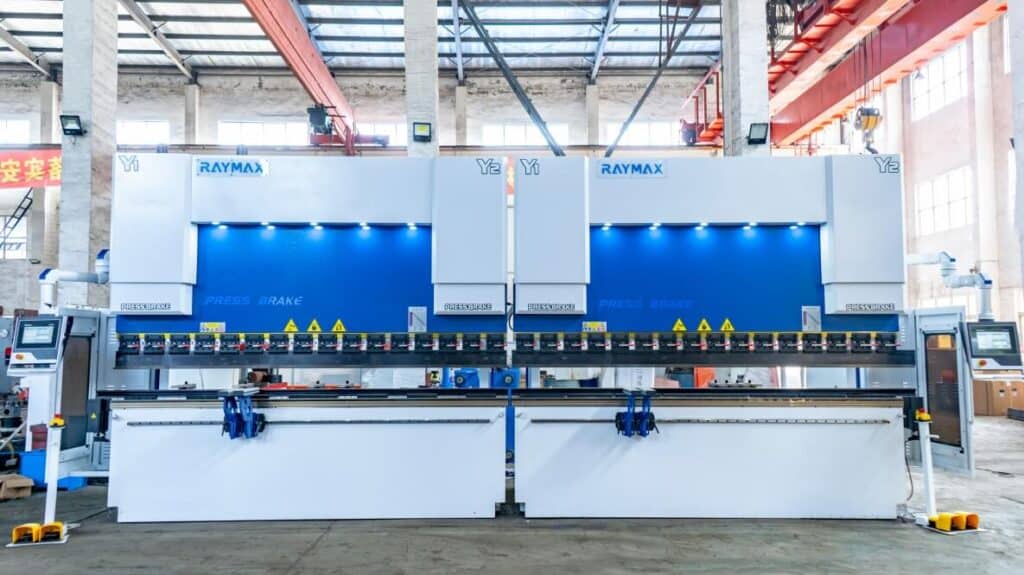
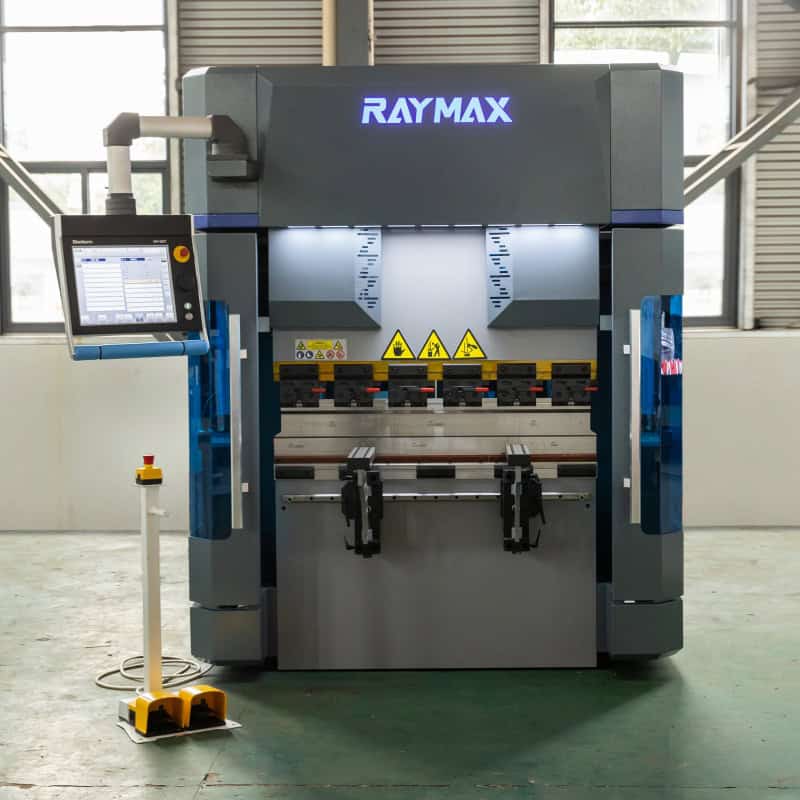
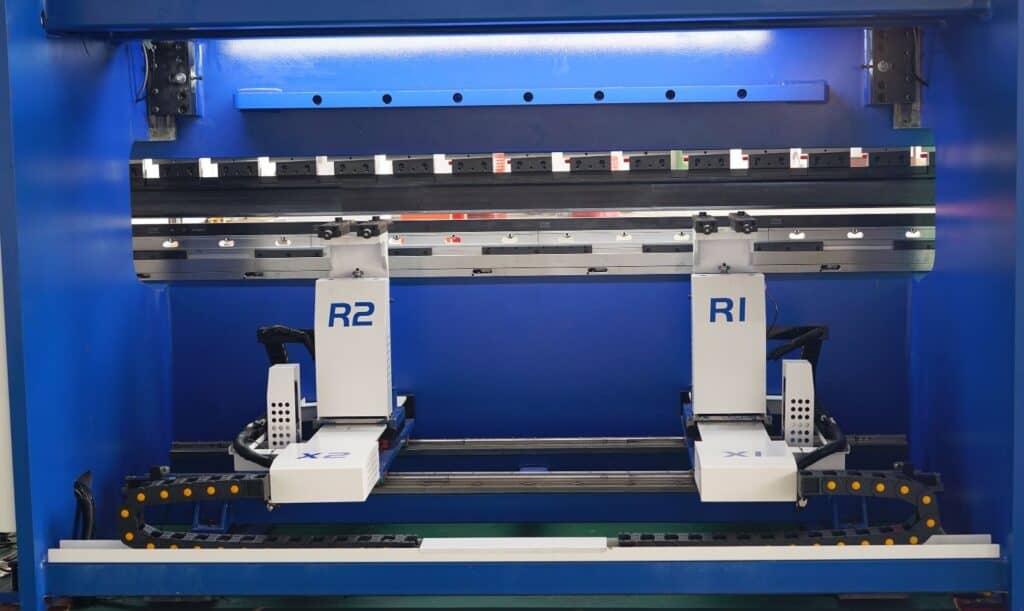
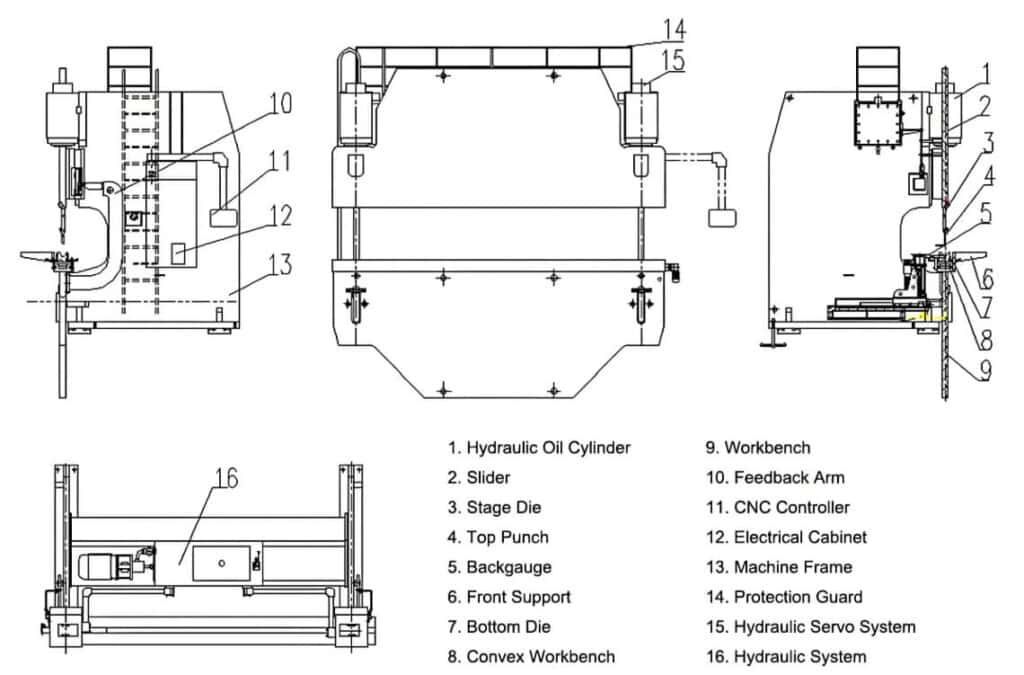
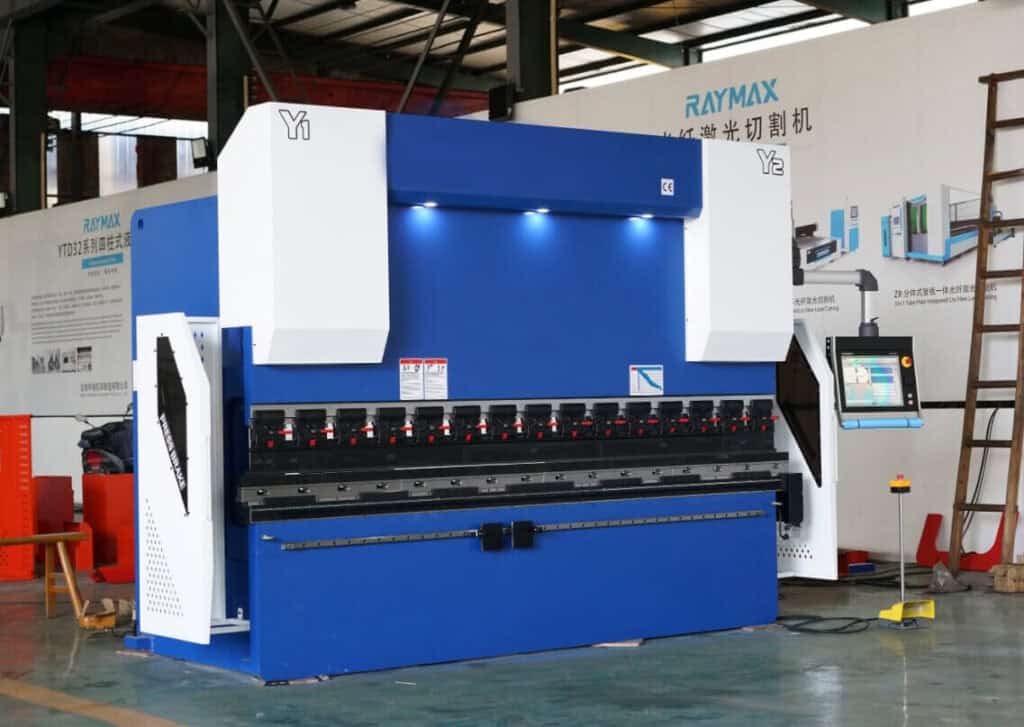
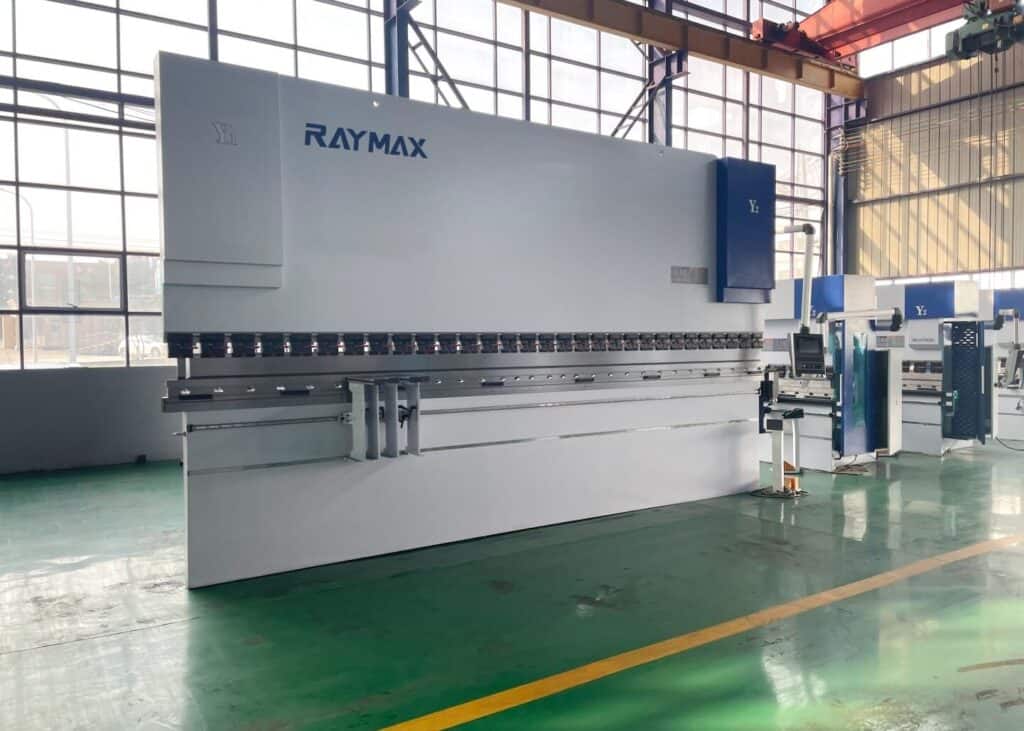

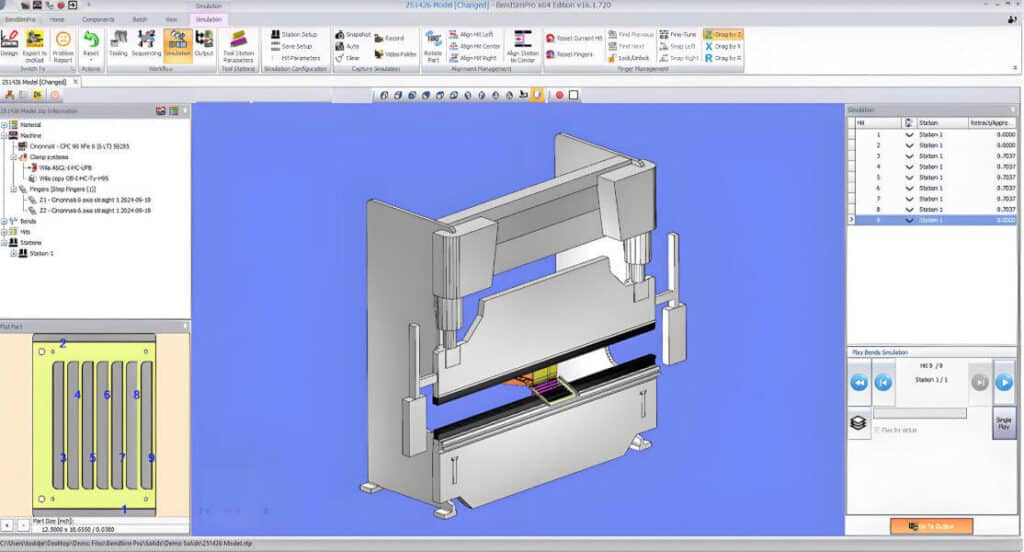
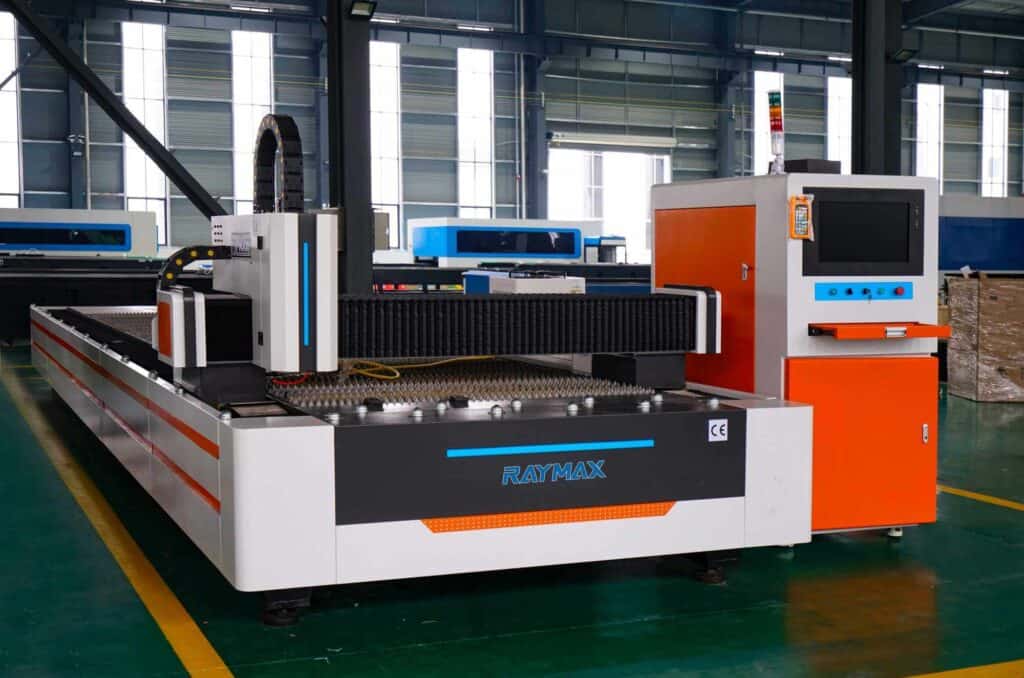
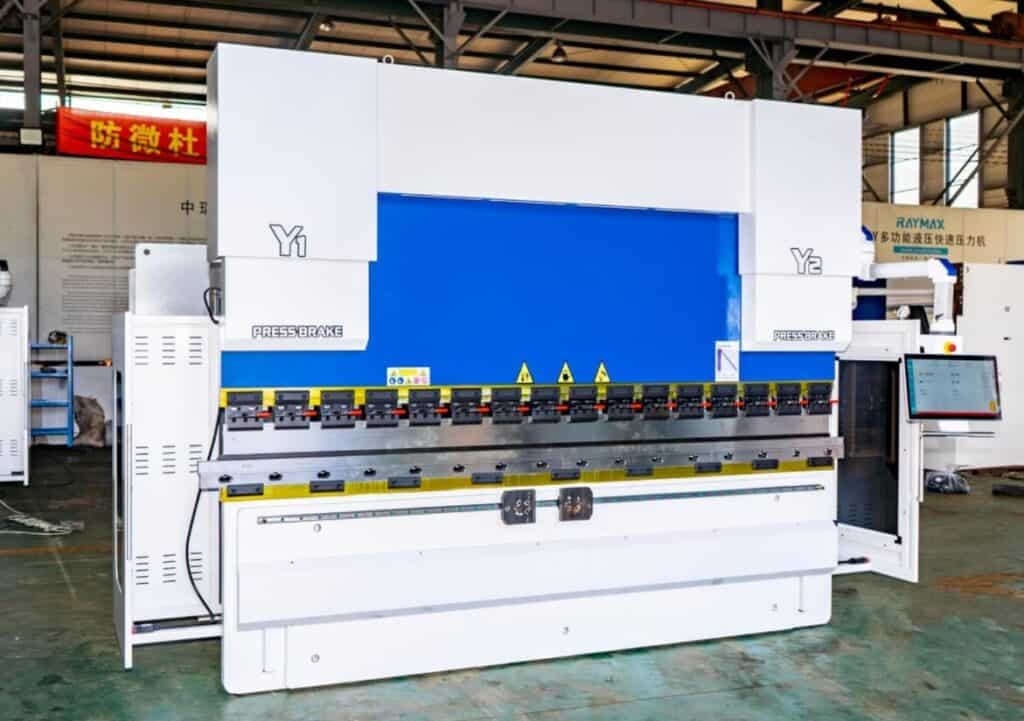
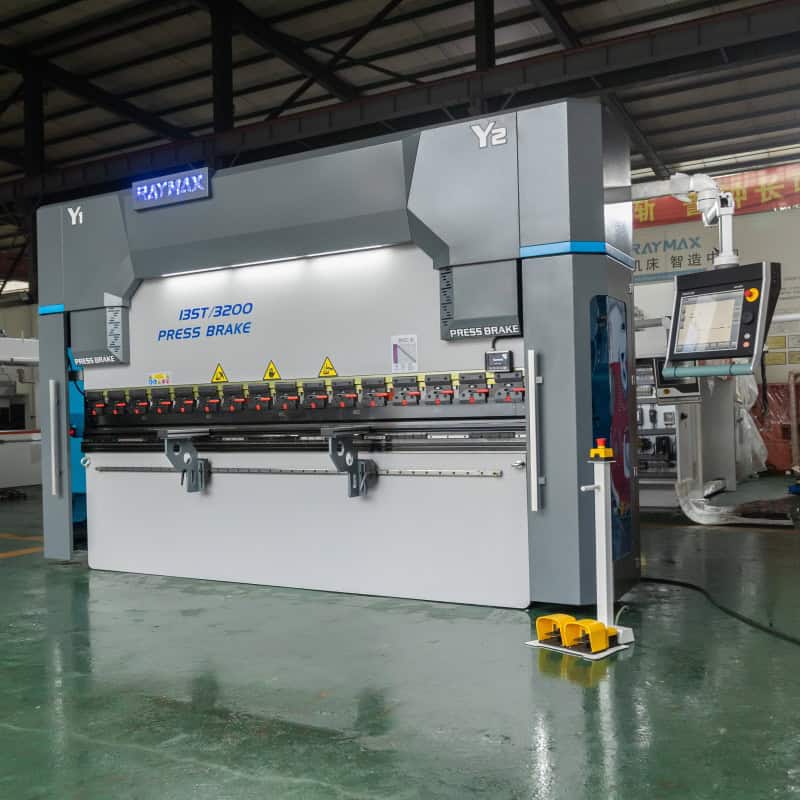

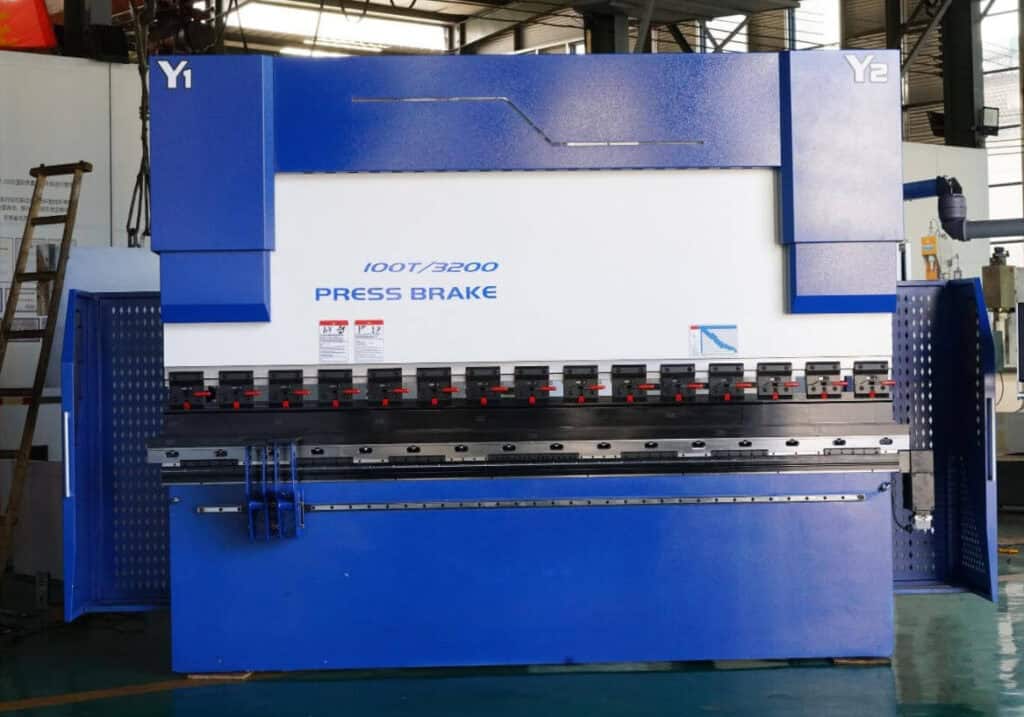
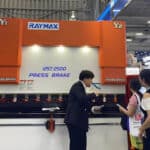
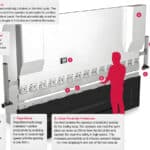
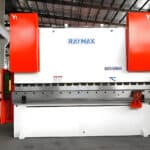
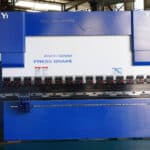
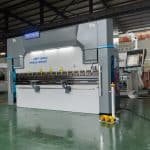
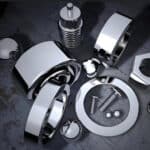
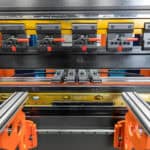
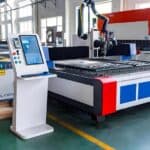
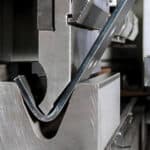
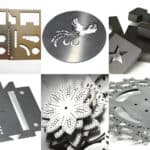
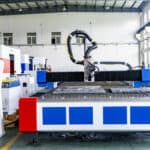
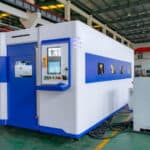
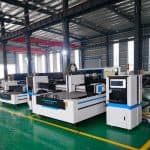
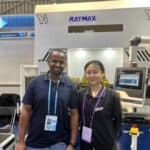

2 responses to “Quickly choose the right laser cutting machine ultimate guide”
This is my first time pay a quick visit at here and i am really happy to read everthing at one place
I like the efforts you have put in this, regards for all the great content.